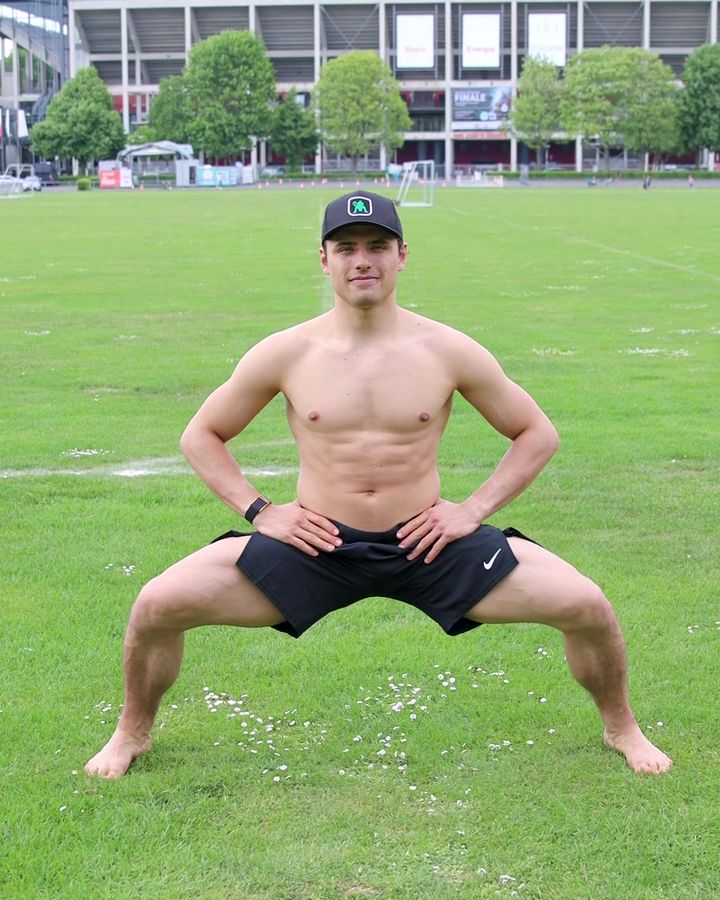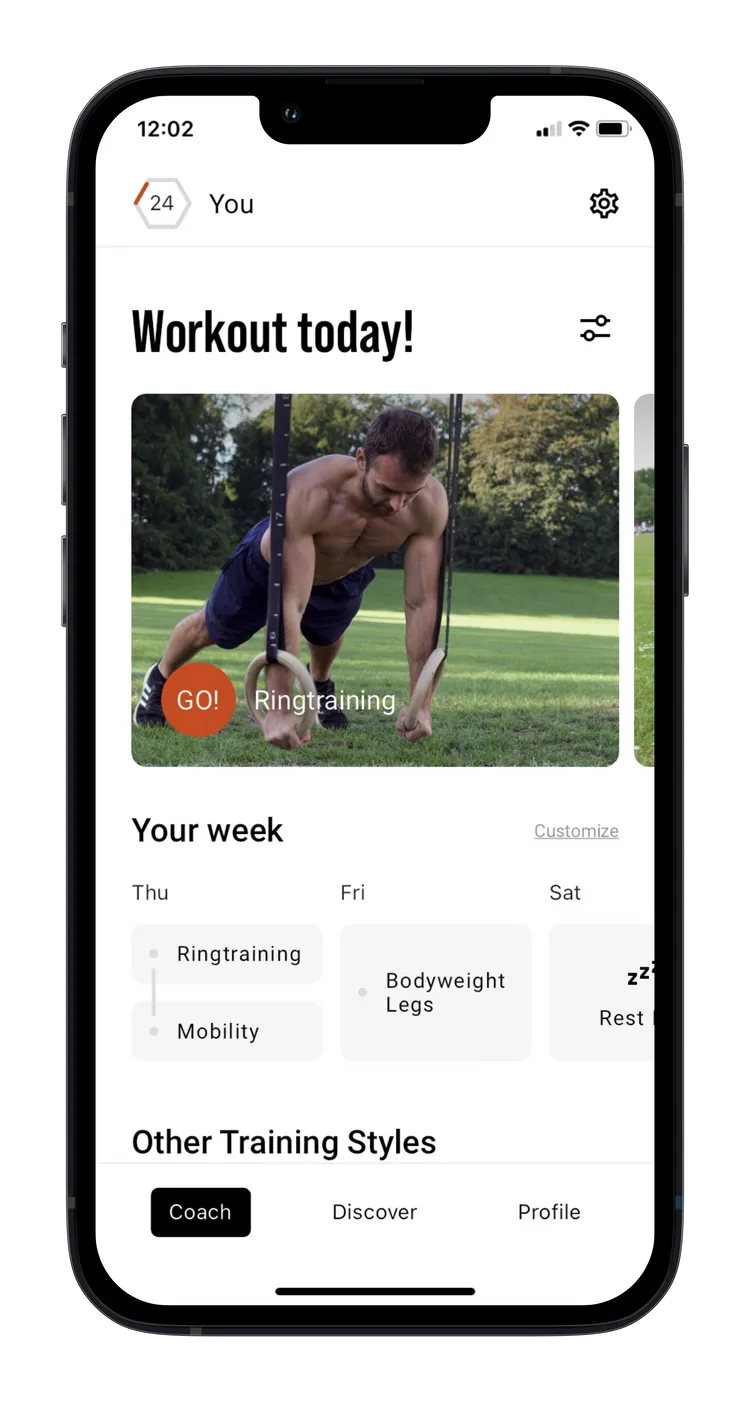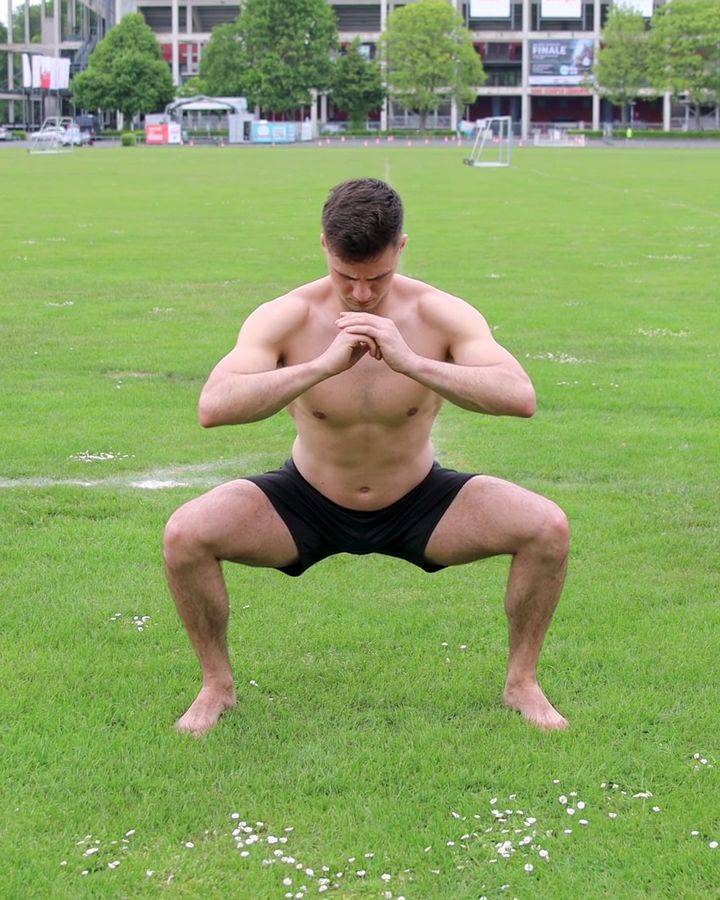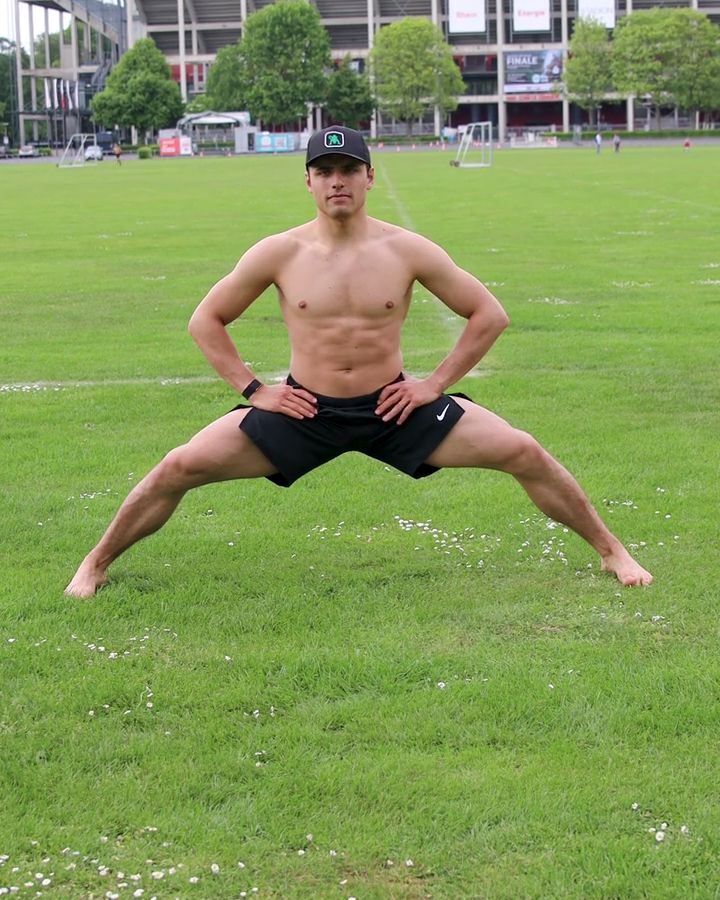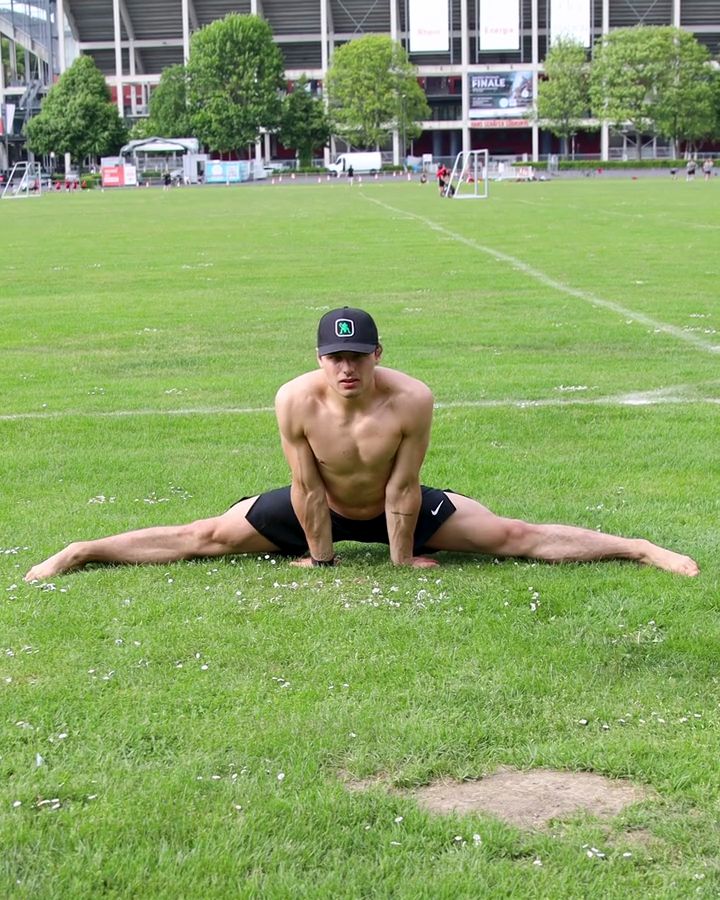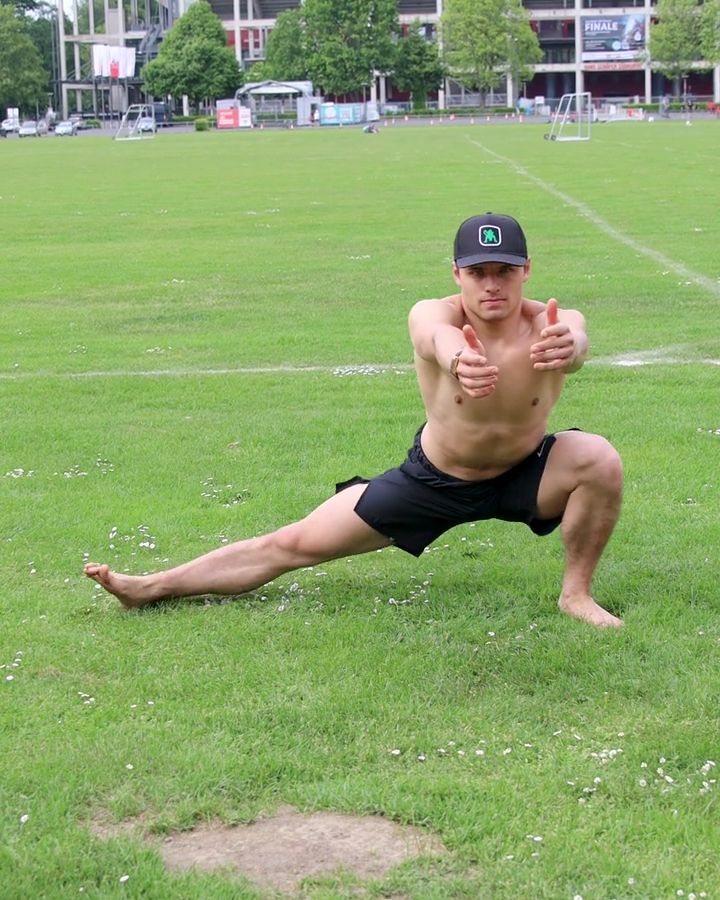Horse Stance
The Horse Stance, also known as Mǎbù, is a common posture in Asian martial arts and an effective exercise for strengthening both body and mind. This stance improves strength, endurance, and flexibility while promoting mental resilience.
Start in a wide squat with your thighs parallel to the ground. Keep your back straight, push your hips slightly back, and press your knees outward. This isometric position engages the muscles of the hips, adductors, glutes, and legs.
The Horse Stance enhances hip and leg mobility through "static strength stretches." This combination of stretching and strength training sustainably increases flexibility and strengthens the muscles in their end range.
Horse Stance - the correct execution
- Start in an upright position, feet are close together
- Rotate your heels outward, toes still touching
- Rotate your front foot and heels outward 5 times alternately
- Bend your knees and go into a deep squat
- Your buttocks are at the level of your knees
- Actively push your knees outward
- Make sure your spine is upright
- Keep tension in torso and buttocks
The exercise Horse Stance is intended to be used as a mobility, hypertrophy exercise.
Which muscles are trained by Horse Stance?






Primary trained muscles for Horse Stance
Glutes - The gluteus maximus is the large muscle in your buttocks. It is important for extending the hip, moving your leg backward, and stabilizing the hip joint.
Quadriceps - The quadriceps femoris is the large muscle at the front of your thigh. It extends your knee.
Alternative variants of Horse Stance:
Horse Stance for Beginner
If the regular Horse Stance is too challenging or you don’t yet have the necessary hip mobility, you can simply choose a narrower stance. This makes the Horse Stance easier to hold and more beginner-friendly.
Exercises like the Cossack Squat can also be helpful for improving mobility in the adductors.
Horse Stance for Beginner - the correct execution
- Start in an upright position, feet are close together
- Turn your front feet outward, heels still touching
- Now your forefoot remains stationary and the heels turn outward
- One last time turn your forefoot outwards
- Bend your knees and go into a deep squat
- Your buttocks are at the level of your knees
- Actively push your knees outward
- Make sure your spine is upright
- Keep tension in your torso and buttocks
Horse Stance for advanced practitioners
Even more challenging than the regular Horse Stance is an extremely wide Horse Stance, as seen here, designed for advanced practitioners. This variation demands excellent mobility in the hips and adductors and closely resembles an Active Split.
Horse Stance for advanced practitioners - the correct execution
- Start in an upright position, feet are close together
- Rotate your heels outward, toes still touching
- Rotate your front foot and heels outwards 7 times alternately
- Bend your knees and go into a deep squat
- Your buttocks are at the level of your knees
- Actively push your knees outward
- Make sure your spine is upright
- Keep tension in torso and buttocks
Similar exercises to Horse Stance
Side Splits
The split, specifically the side split or middle splits, requires significant flexibility in the hips and adductors. In this position, both legs are spread sideways from the body. The side split is not only popular in dance and gymnastics but also offers benefits in calisthenics training, as it facilitates advanced skills like the Straddle Planche or the Press Handstand.
The side split is similar to the straddle position, also known as the Pancake. However, in the Pancake, there is an added focus on intensely stretching the hamstrings. Both exercises complement each other well to improve flexibility and mobility.
Cossack Squats
The Cossack squat is a lower body exercise. In this movement, you shift side to side, keeping one leg straight while the other bends. This creates an intense stretch in the inner thigh muscles and improves hip mobility. This exercise is especially good for enhancing your hip flexibility.
This could also be interesting
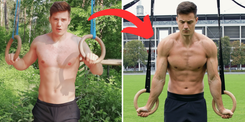
Calisthenics Body Transformation – How to Build a Strong, Lean, and Athletic Physique
Transform your body with Calisthenics! Build muscle, burn fat & achieve a shredded physique with bodyweight training. See real before & after results!

The Best Fitness Apps in 2025: Our Top 10 Recommendations
Don’t miss the best fitness apps of 2025: surprising favorites, free options, and perfect tools for your workouts. Find the ideal app today!
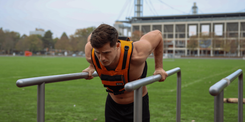
Complete Calisthenics Skills List – 40+ Exercises from Beginner to Pro
Which calisthenics skills should you learn first? And which ones will really help you progress? In this article, you’ll find a complete list of over 40 exercises – from the very basics to the toughest moves for professionals. Each exercise comes with instructions, so you can immediately integrate them into your training.
